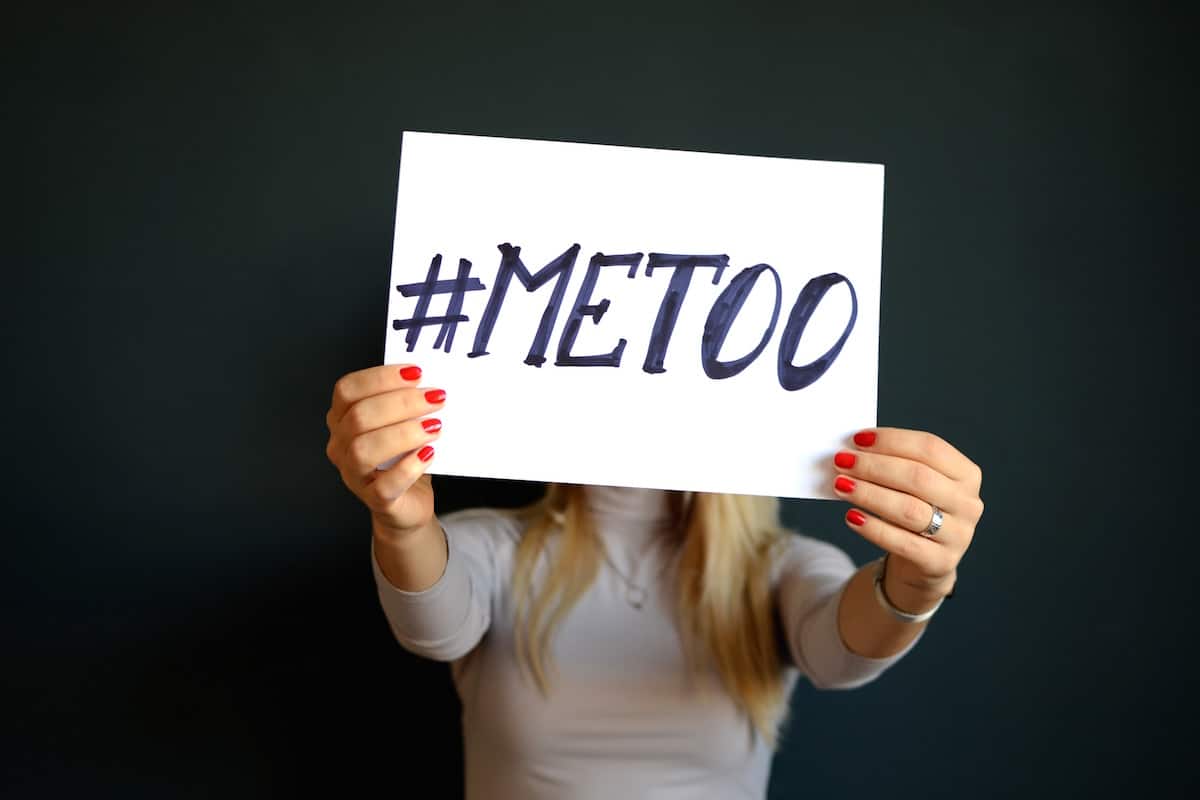As journalists, our job is to report facts; we seek to report what happened to whom, when, where and if at all possible, report why. We search for precise details that can help paint a picture of timely, newsworthy events. But it is important for us to note that “fact” is distinct from “truth” and, unfortunately, it is not always possible to publish individual truths. This is because truth is a compilation of facts brought to life by the individual’s experience with those facts. For better or worse, journalism is bound by concrete norms of epistemic rationality; evidence is required to make a claim. This distinction, among other things, is what makes covering sexual assault cases particularly challenging.
The reliance on strong, verifiable, carefully sourced evidence has a purpose — it allows us as journalists to produce accurate and informative pieces for readers. However, objectivity tends to leave little room for empathy or compassion. Herein lies the great tension within the psyche of the journalist — journalists are caught between the need to remain objective and their commitment to connect with others through storytelling. In reporting on sexual assault cases, the journalist must assume two different identities: one as an objective but often cold reporter, and one as an empathetic peer and possibly a fellow survivor.
Rolling Stone’s “A Rape on Campus” is an unfortunate example of a case in which the journalist was unable to balance these two perspectives. The article detailed the account of a sexual assault at the University of Virginia that journalists at the Washington Post later proved to be factually false. Our humanity necessitates empathetic understanding, but our journalistic ethics demand objective reporting. Sexual assault is especially difficult for journalists to cover due to the difficulties in obtaining tangible evidence, paper trails and personal testimonies.
As the empathetic peer, we also understand that terms such as “non-consensual sex” or “alleged assault” do not always adequately capture the severity or nuance of the circumstances. Although factually accurate, some may interpret this seemingly neutral language as a reluctance to hold those implicated in sexual assault cases accountable for their actions. Of course, words have power and while titles like “alleged assailant” are at times unsatisfying characterizations, we do have the ability to utilize language that is both accurate and empowering. As an important example, we can take great care to refer to an individual who has experienced sexual assault as a “survivor” rather than as a “victim.” “Survivor” conveys a spirit of resilience and control over one’s life whereas “victim” implies a sense of helplessness. As both the journalist and the empathetic peer, we are able to use language to shift the survivor’s narrative away from one of doubt and weakness, and towards one of validity and strength.
In reporting cases of sexual assault we must also consider accounts of the situation from all of the parties involved. In doing so, we understand and acknowledge the challenges survivors endure when sharing their stories. Given these challenges, we as journalists can be most empathetic in developing relationships with our sources by actively listening, exercising patience and engaging in acts of trust. We are able to strive to provide to those who have survived; those who continue to persevere in the face of trauma. We have an opportunity to share their experiences, should they choose. We as journalists must be able to report objectively, transparently and with an open mind. What’s more, as the empathetic peer and as classmates, friends and fellow survivors, we see you, we hear you, we believe you and we support you.
This editorial represents the collective opinion of The Occidental Weekly editorial board. Each week, the editorial board will publish its viewpoint on a matter relevant to the Occidental Community.
![]()



































